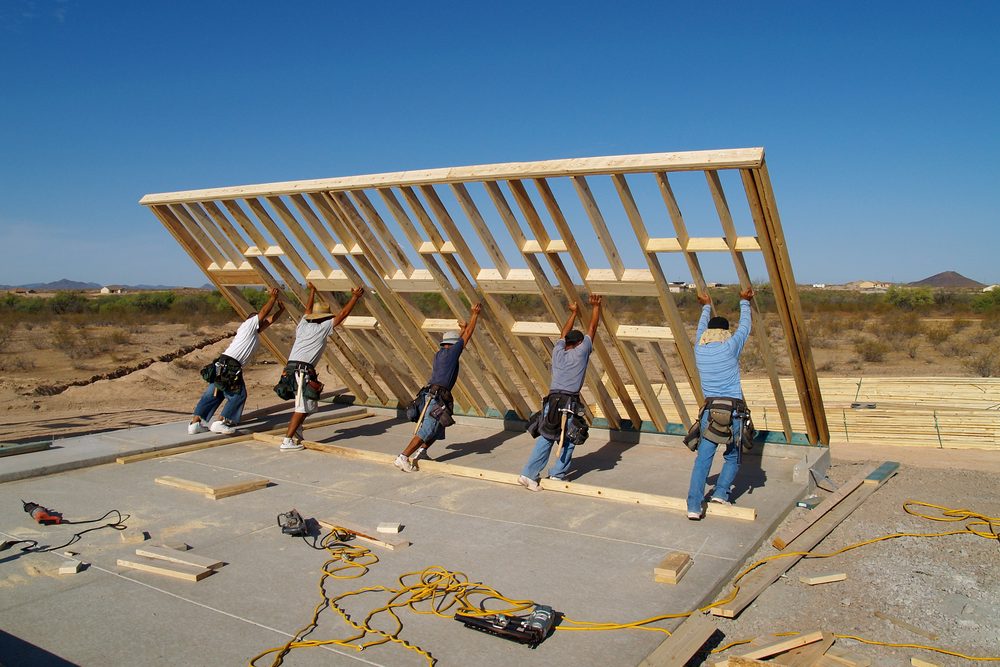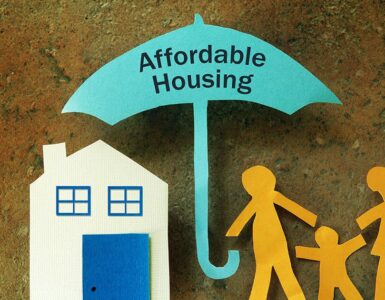Knowing the basics about Habitat for Humanity is a must before you dive deeper into this helpful housing program. To help you achieve that goal, let’s look at some of the major myths that are floating around:
1. Habitat for Humanity homes are free
We kick off this list with the biggest Habitat myth around, which is that the program basically gives away houses for free.
Not only must you pay for your Habitat home via an affordable mortgage, but you must also invest your time and effort into the property while it’s being built. Lastly, you’ll have to attend counseling sessions and classes on homeownership to ensure you meet all of your house-related responsibilities.
The fact that you’re expected to pay a monthly mortgage, invest “sweat equity” into the building process, and attend classes, makes owning a Habitat home anything but free.
While this may seem a lot of effort just to move into a new home, know that many Habitat owners express feelings of gratitude for the opportunity. Not only does participating in the building of your home help you appreciate it more, but the financial education classes give you a solid foundation for your future that you can pass on to your kids.
2. Habitat for Humanity discriminates and only selects certain groups of people for its homes
The program follows Equal Opportunity Lending and Fair Housing Laws. In other words, they do not discriminate based on:
- Gender
- Race
- Religion
- Sexual orientation
- Nation of origin
- Family or marital status
Whether you’re married or divorced, with or without children, or even single, Habitat invites you to apply for their efficient and affordable housing.
While they do not discriminate based on the factors above, Habitat will consider the following when determining your eligibility for the program:
- Ability to pay
- Willingness to partner
- Need for housing
3. Habitat for Humanity is only for people using government assistance
Although the program may help many low-income families meet their housing needs, not all of them are on government assistance.
Take a look at Minnesota Habitat homeowners, for example. One study found that only 26 percent used government assistance before buying their Habitat home. Even better, only three percent remained on assistance after buying their home.
By providing affordable mortgage payments, Habitat actually helps people move towards sustaining themselves.
4. Habitat for Humanity homes are of inferior quality
The fact that Habitat homes have affordable mortgages does not mean they carry subpar construction. On the contrary, they must meet or surpass the building code of the communities they’re built in. They must also match the quality and size of surrounding homes.
You could say that Habitat homes are even built better than their counterparts. Since some receive federal grants, they must undergo more stringent inspections at city or county levels.
Even though the housing is built with the help of community members and volunteers, they are trained by professionals. Electrical, plumbing, roofing, and similar work is all done by licensed professionals too.
Contact Your Local Habitat for Humanity
There’s no better way to get a clearer view of how Habitat for Humanity works than by contacting your local branch.




